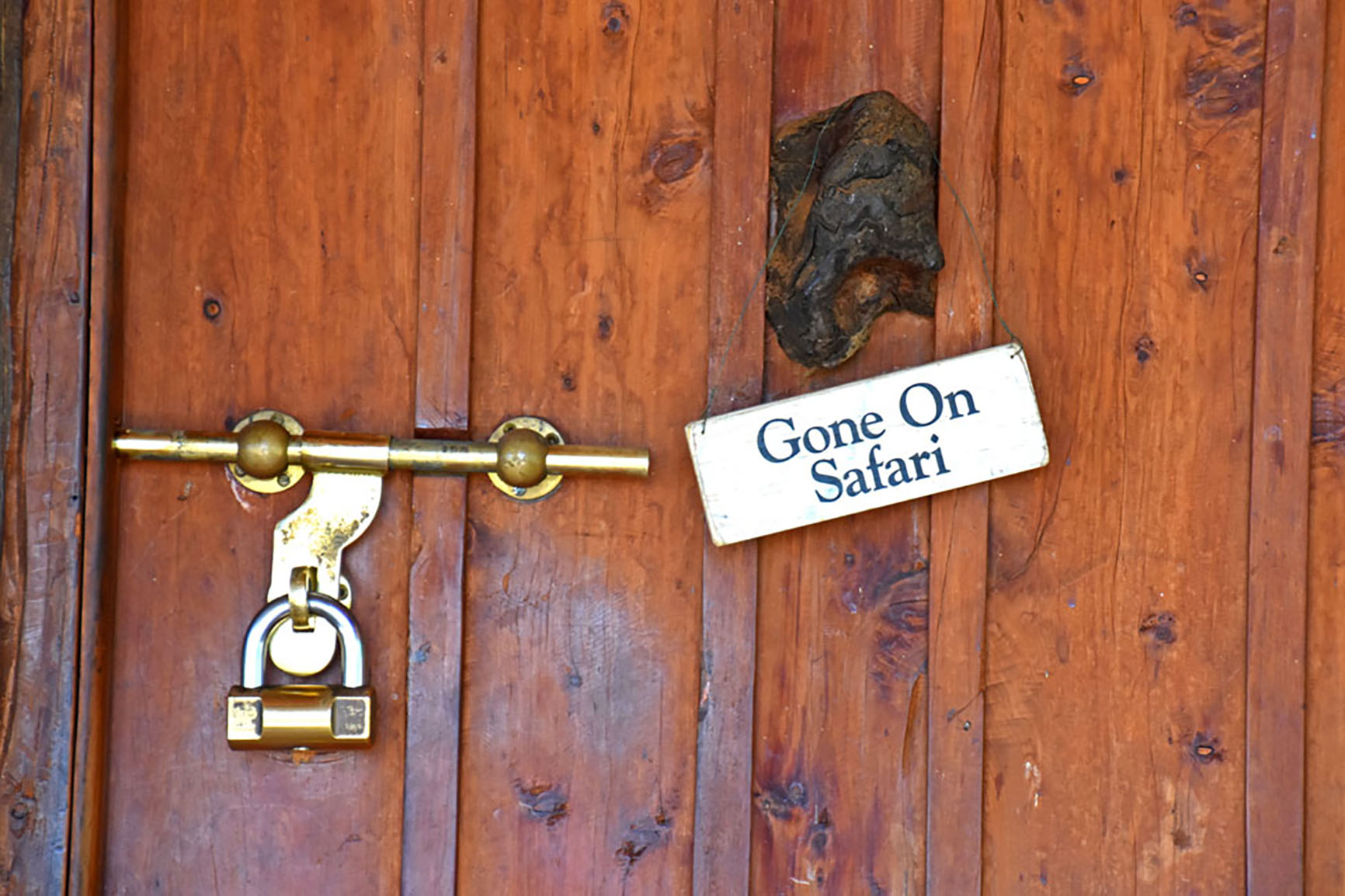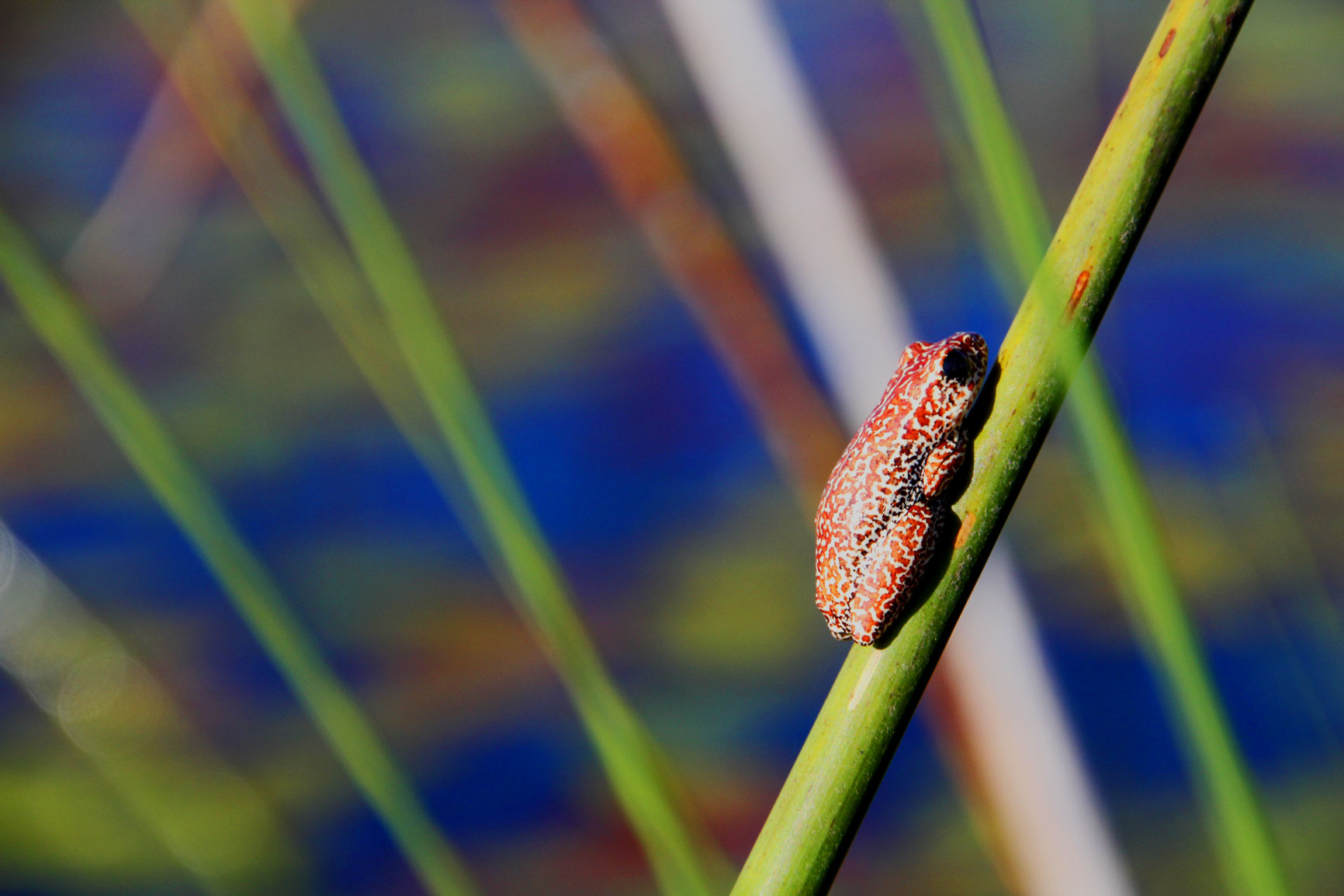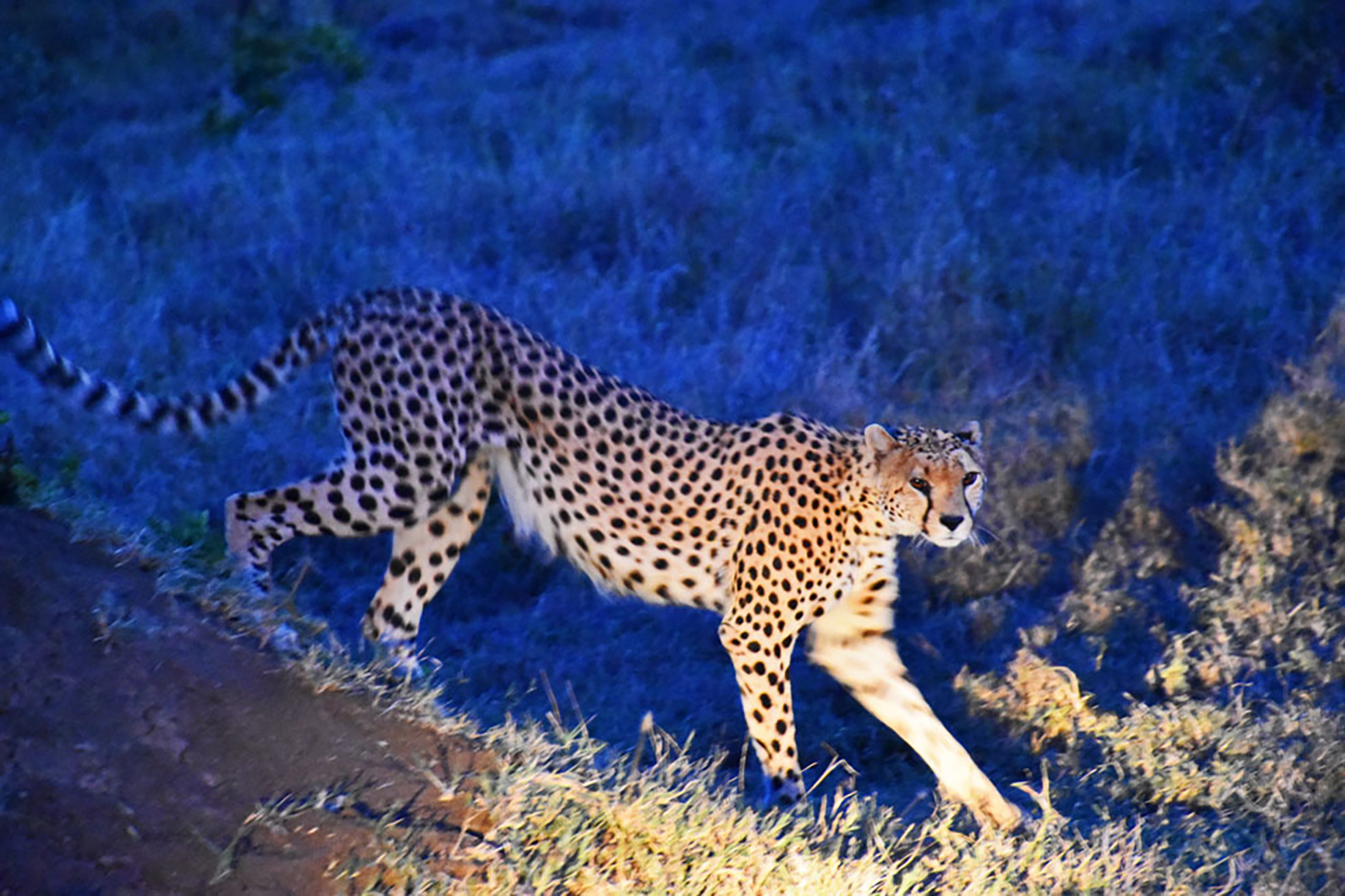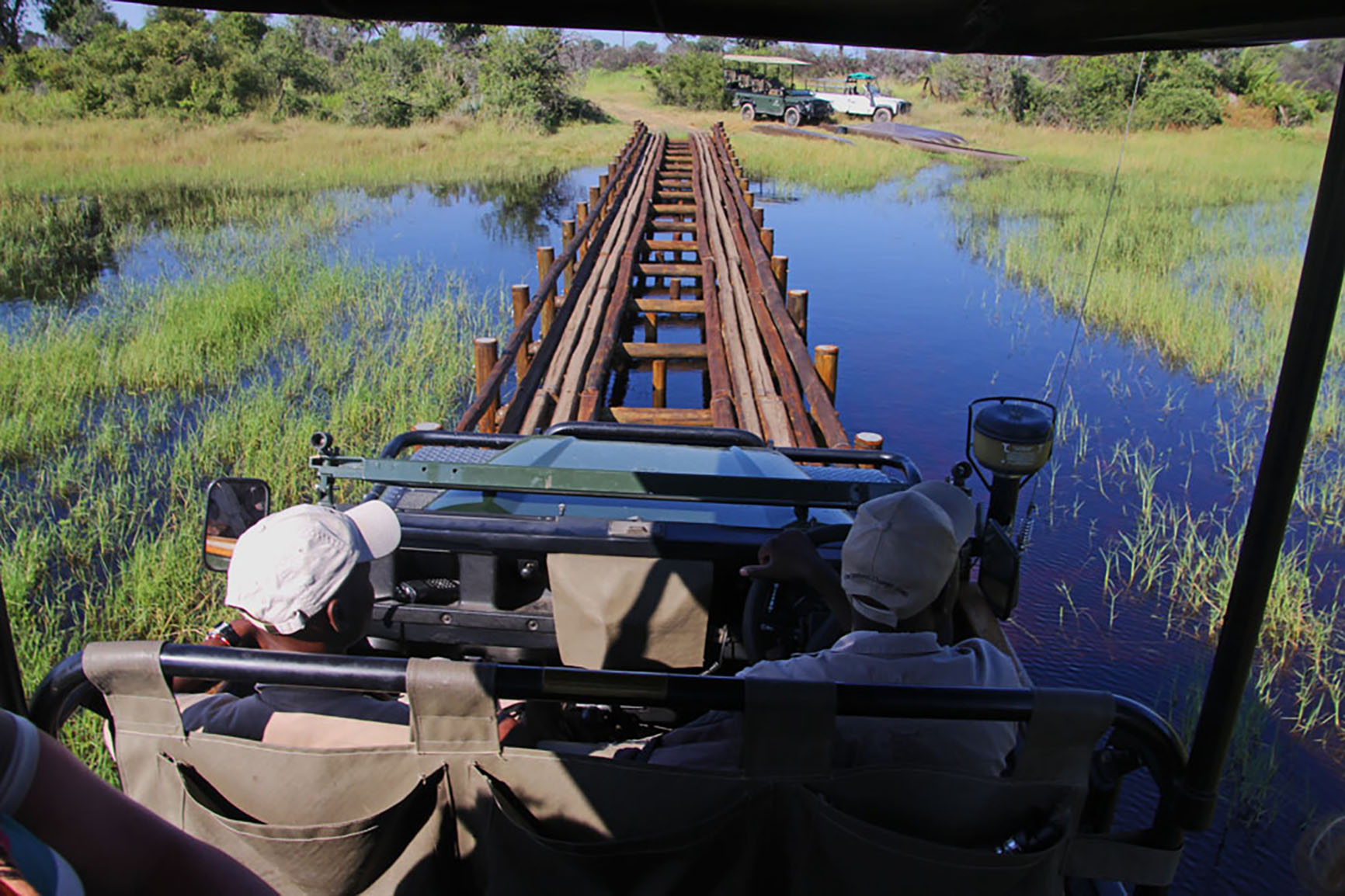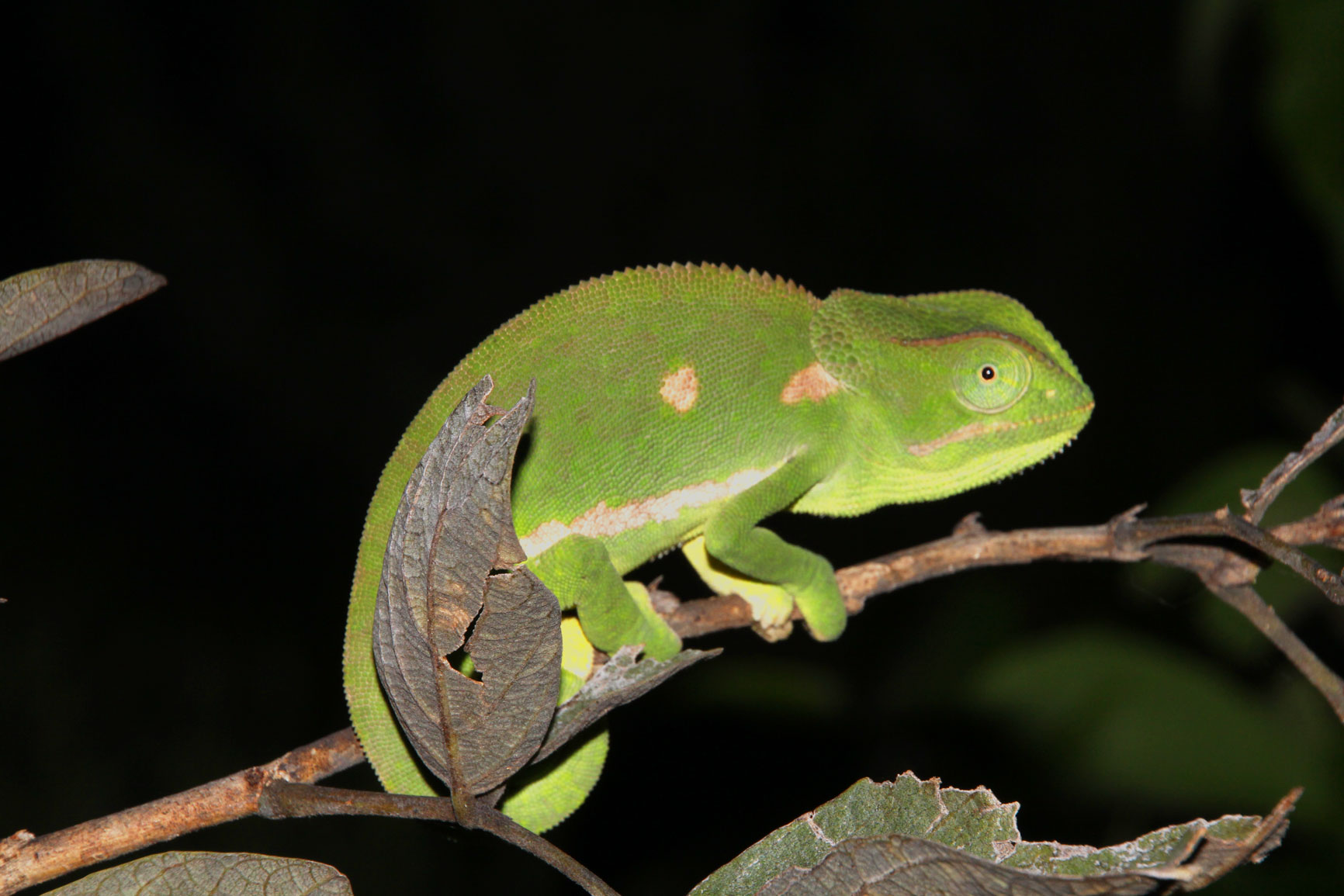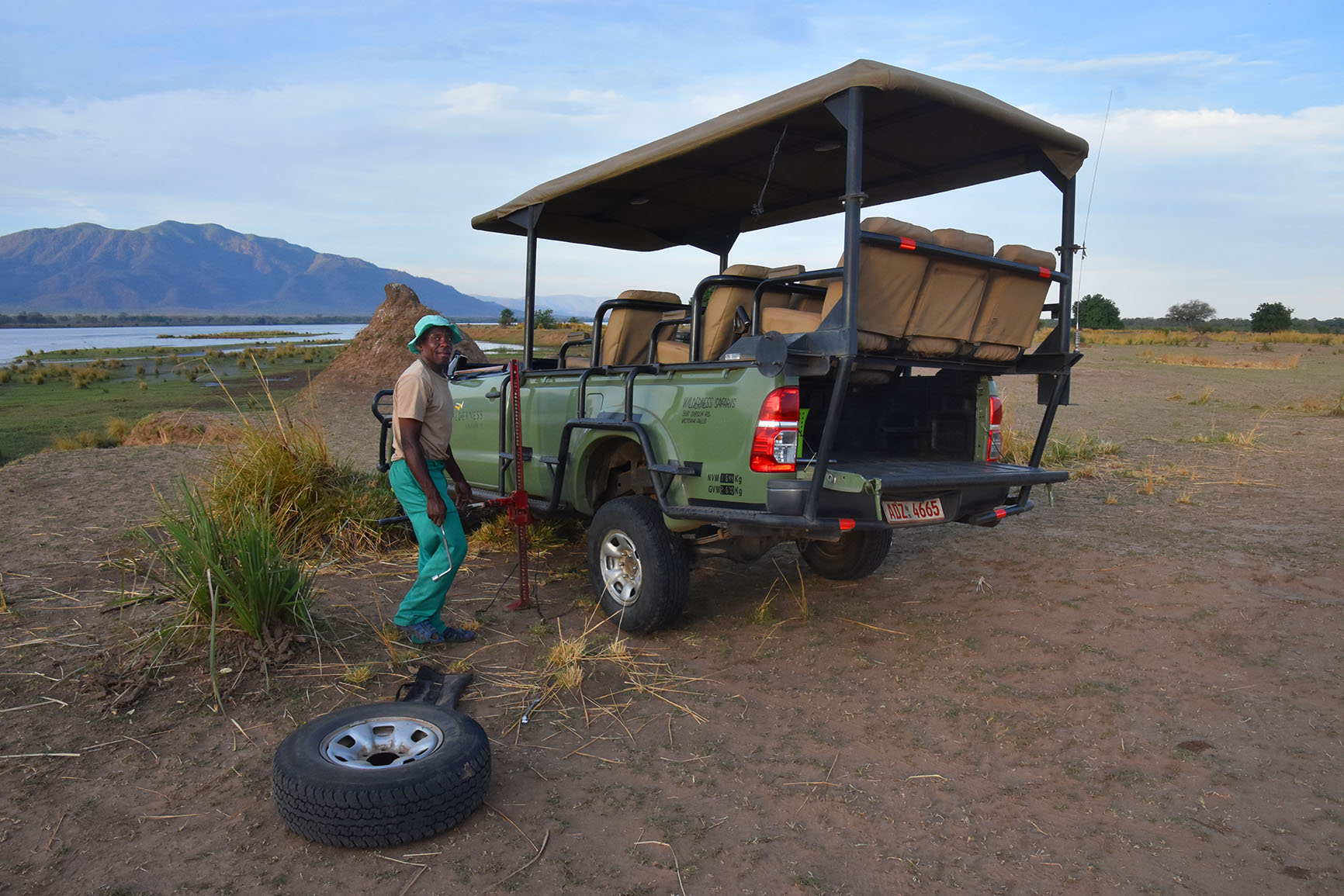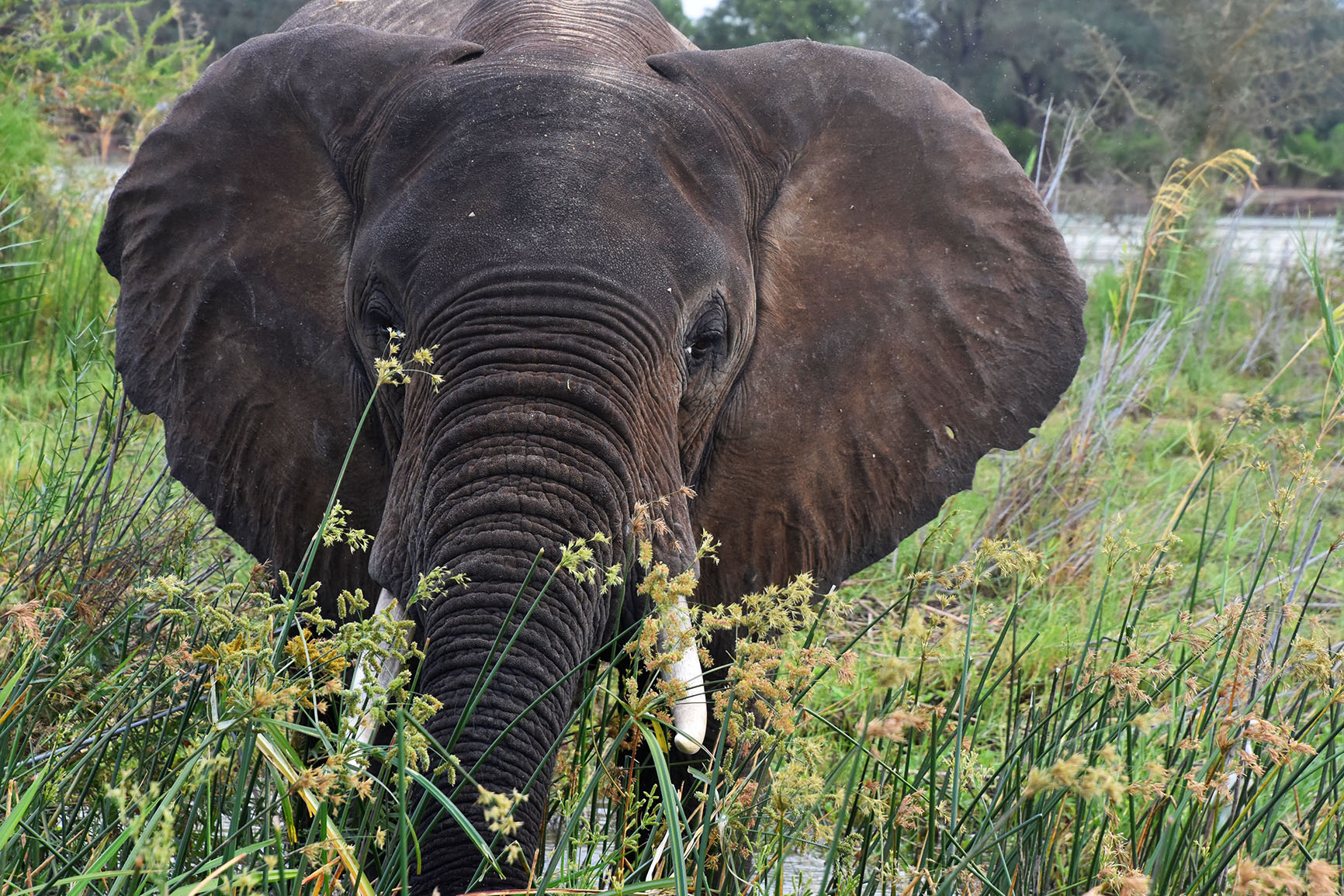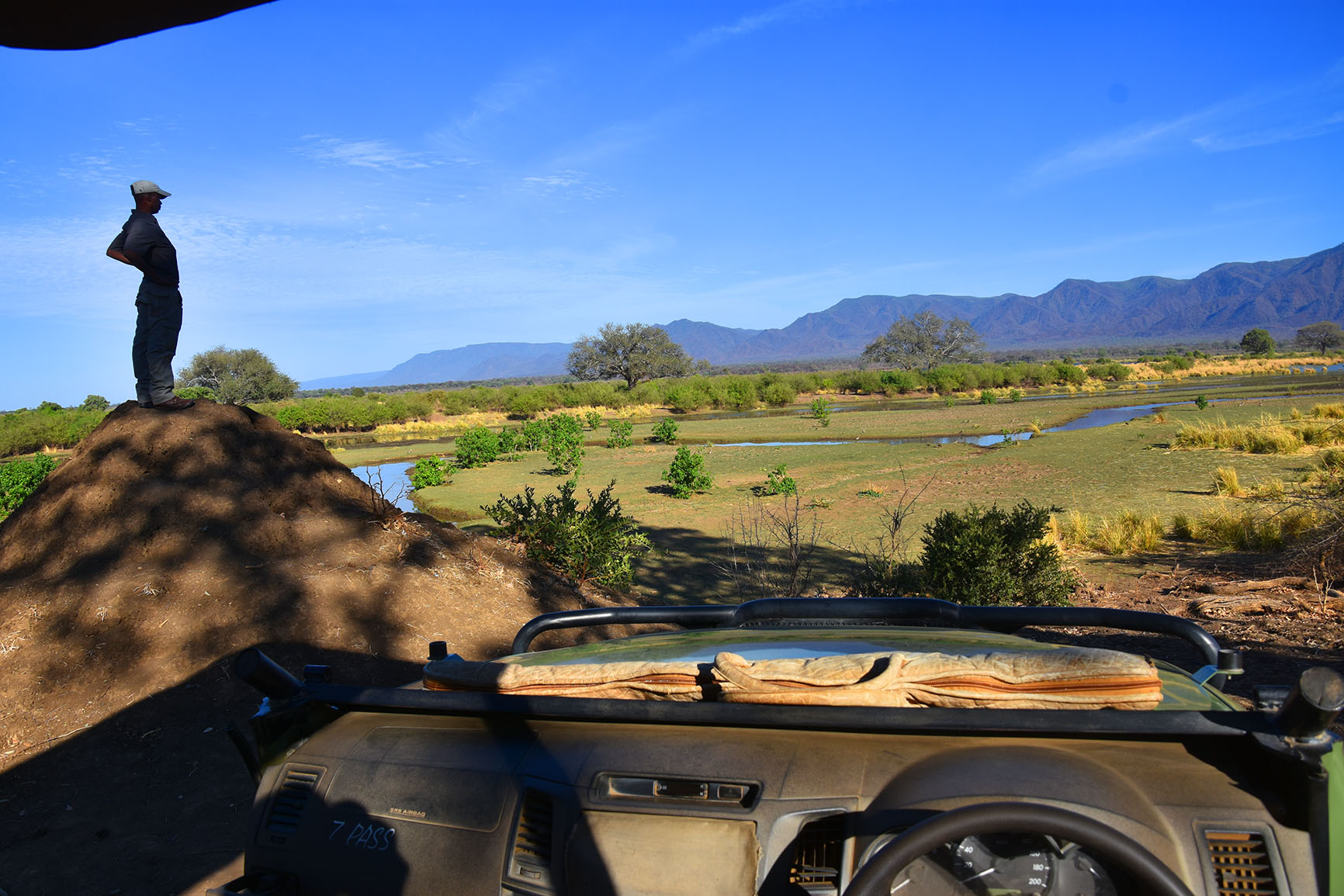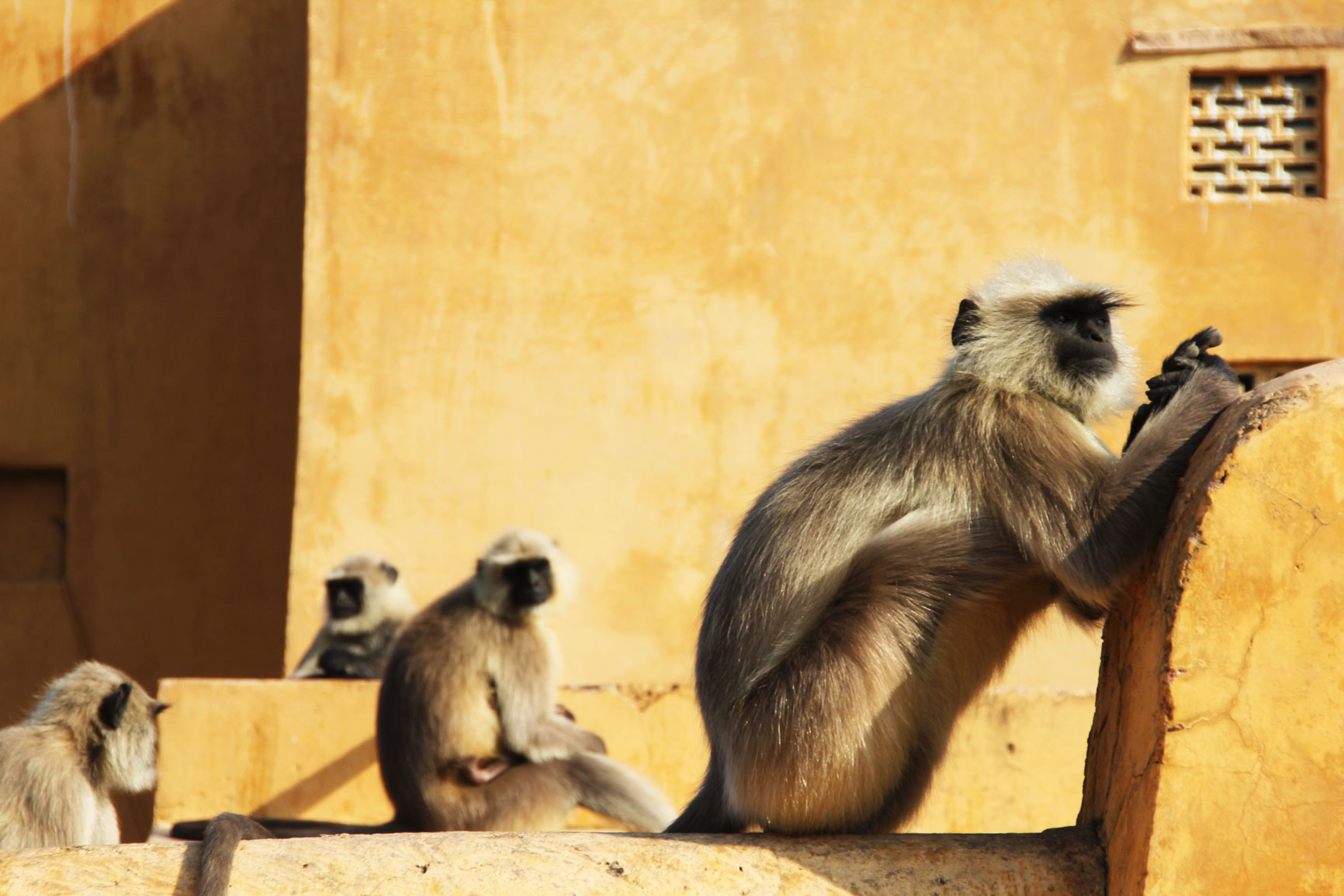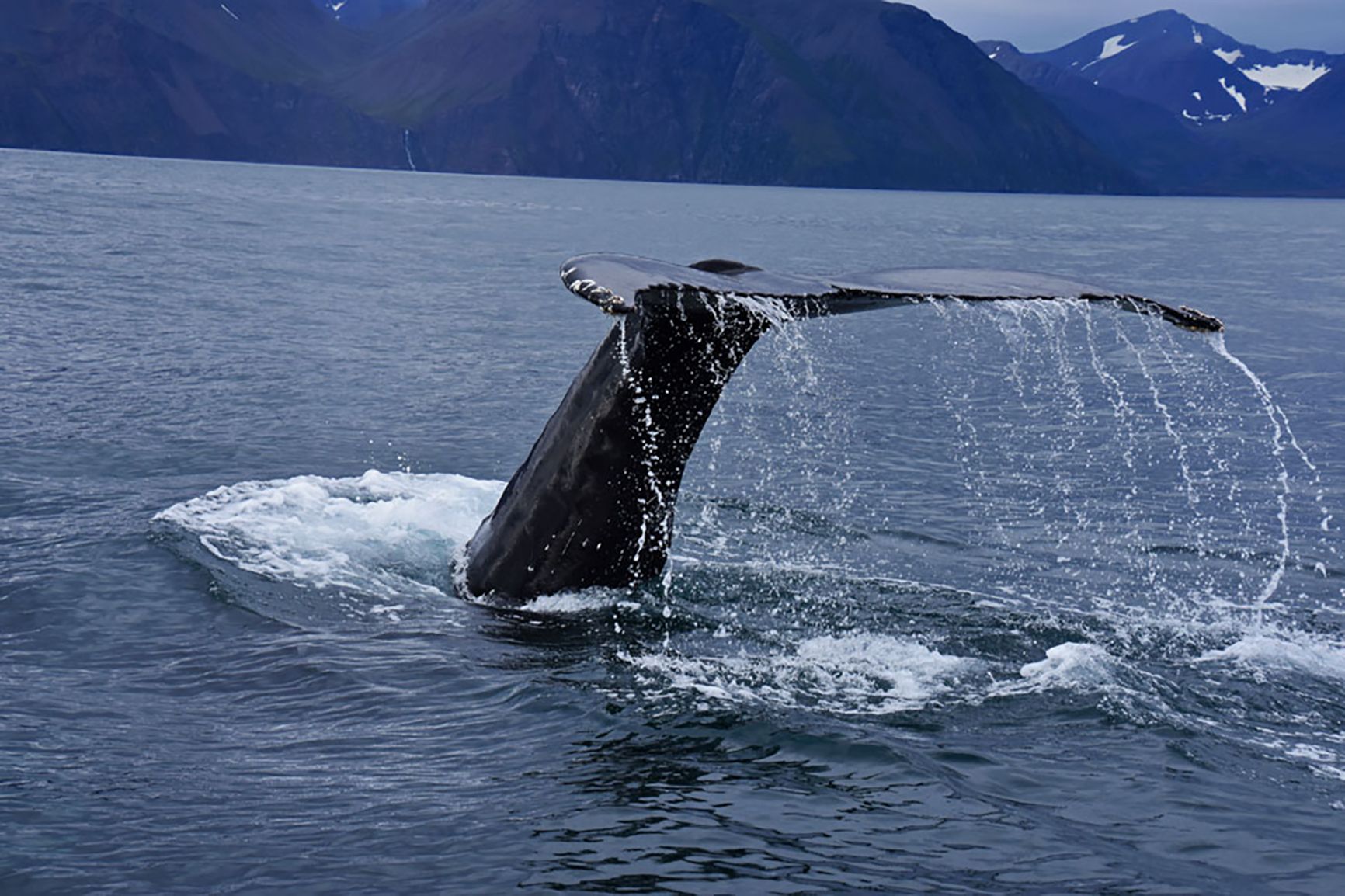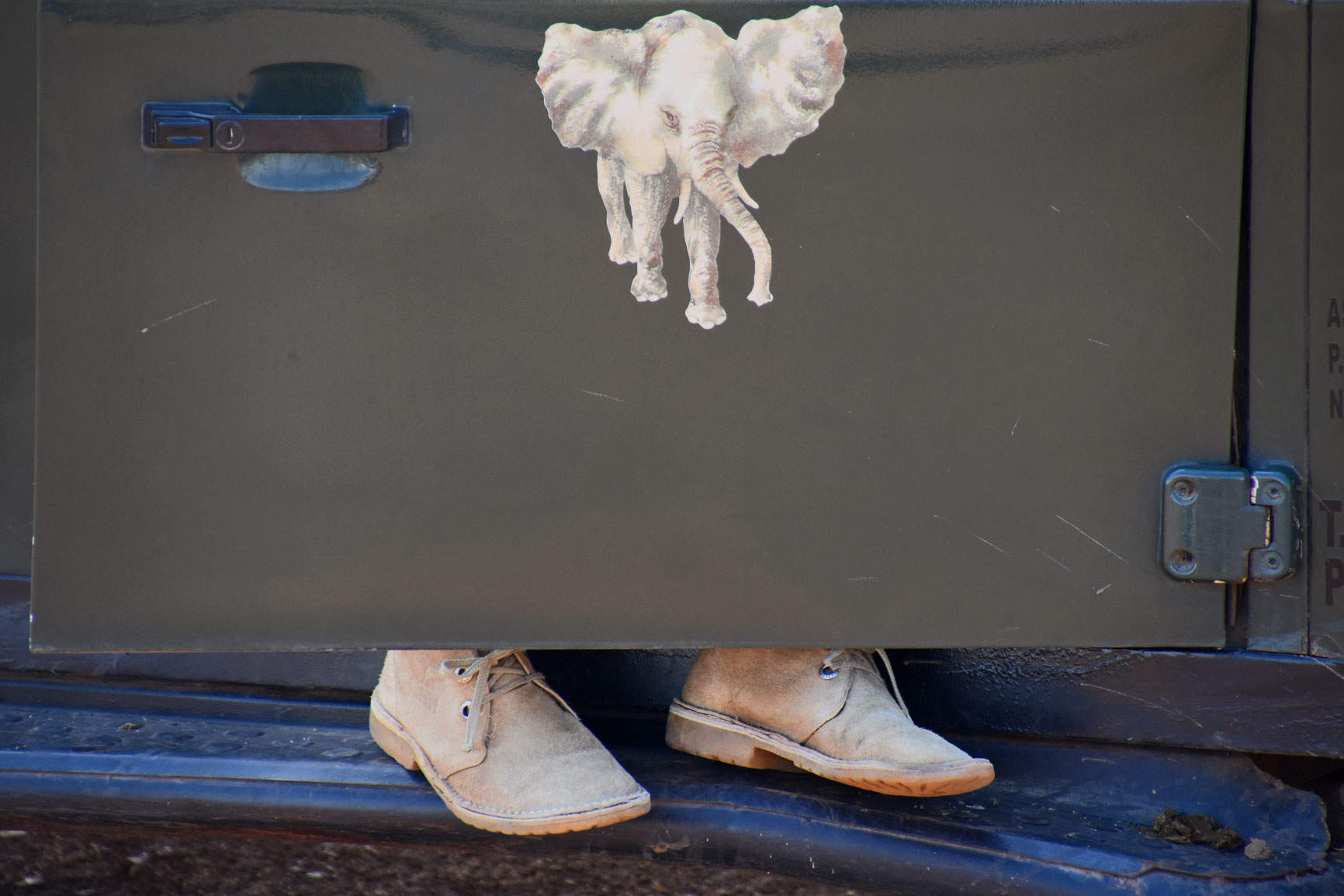Wildlife Tourism – producing five times income of criminal trade (17.08.19)
Fact: tourism hugely contributes to the guardianship of world wildlife, producing 5.2 times the revenue attributed to the illegal trade in animals.
The knock-on effect, according to the World Travel & Tourism Council’s latest research, published on World Elephant Day last week, means that tourism as a ‘force for good’ hugely improves the world’s wildlife chances of survival and growth.
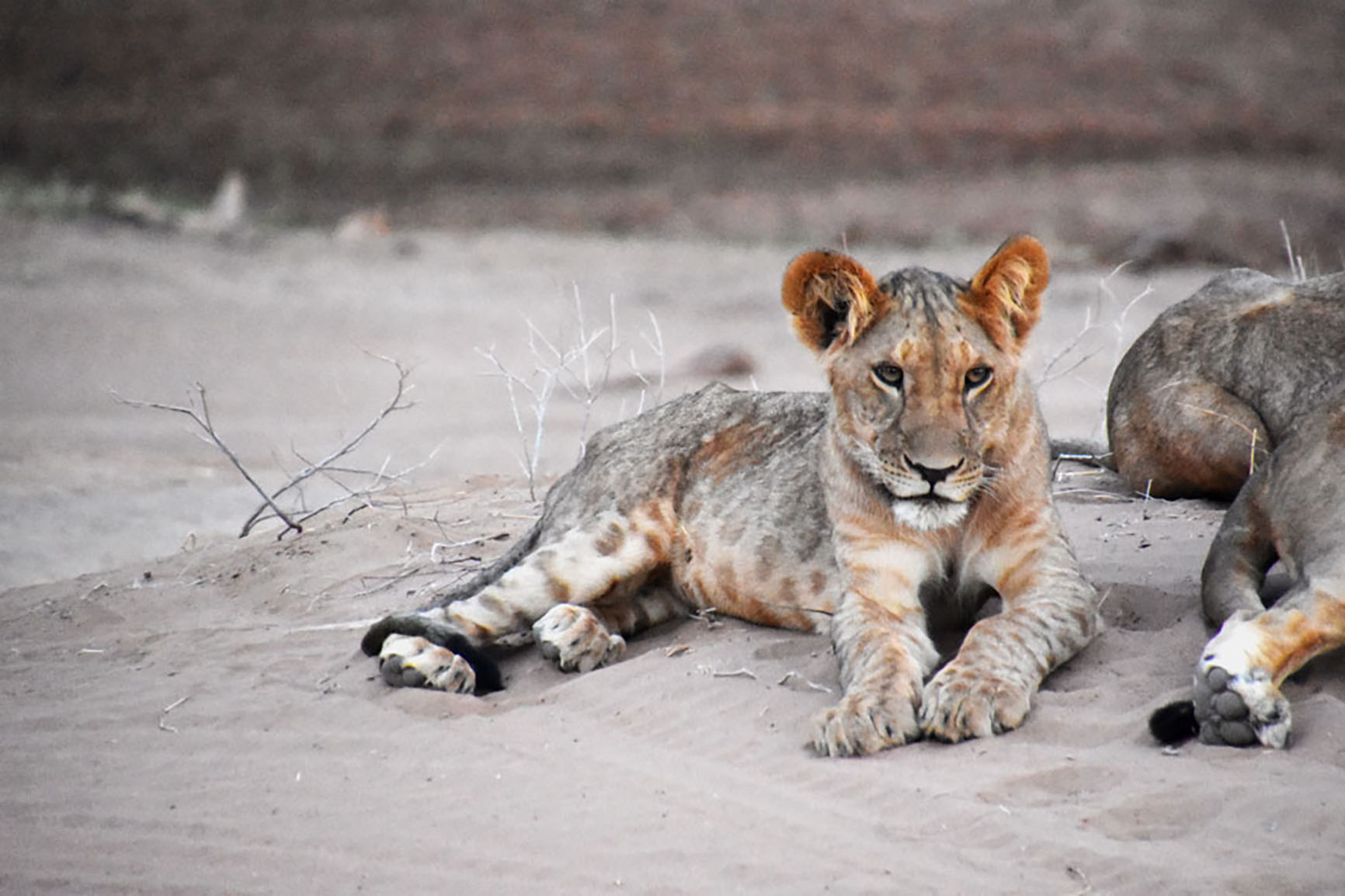
This most recent WTTC report confirms that tourist visits to view wildlife contribute US$ 120.1 billion to global GDP, as opposed to US$ 23 billion in revenue from unlawful wildlife trade. Previous blogs of mine such as ‘Tourism’s Front Row Seat’; ‘Wildlife Protector – Step Forward Tourism’ and ‘Global Wildlife Down 58%’ describe this in more detail, as do postings on specific animal stories – mountain gorillas; tigers; elephants; birds; rhinos.
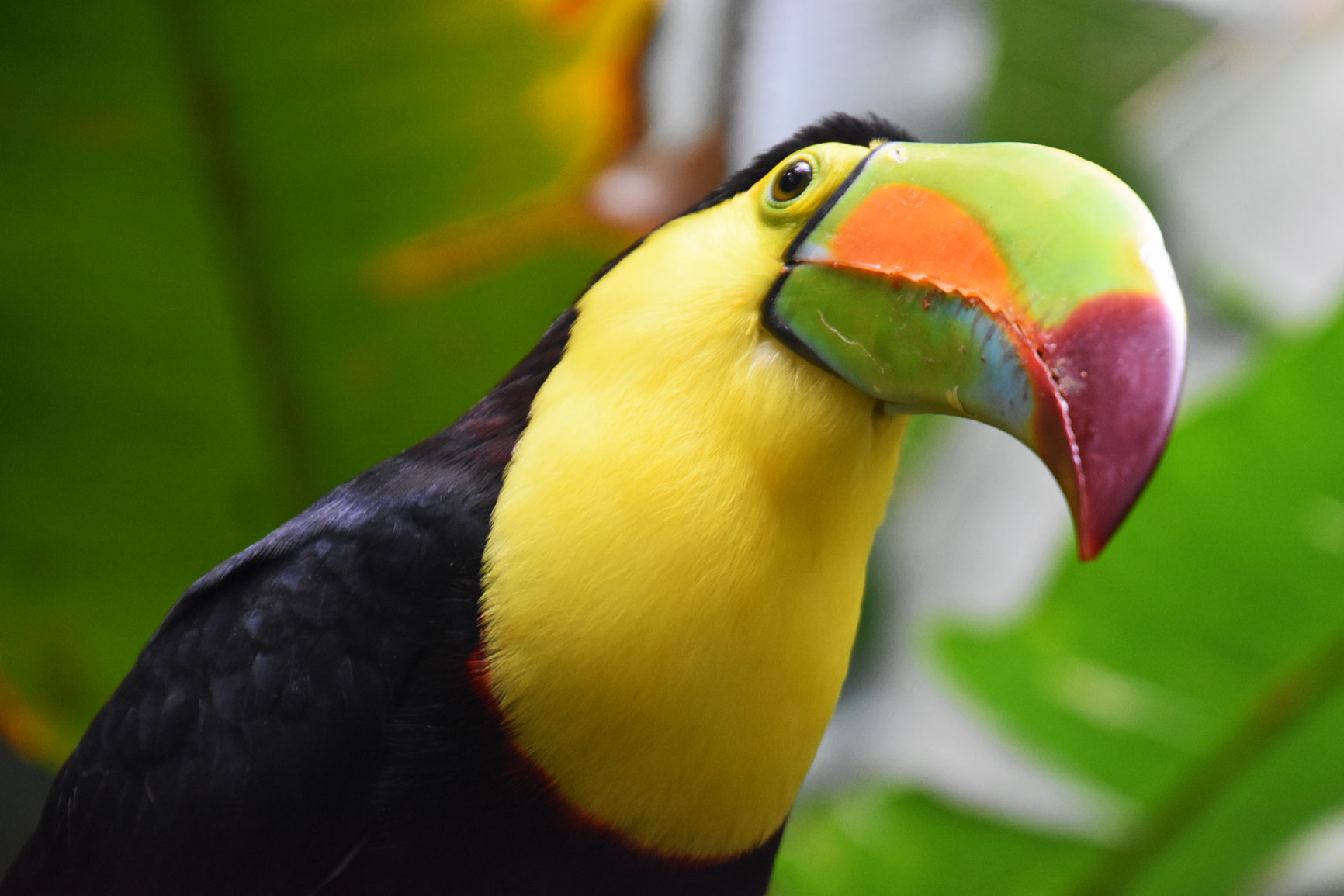
Impressive figures. The true size of tourism’s monetary contribution is the equivalent to the whole economy of Hong Kong – US$343.6 billion. This amount of money creates a substantial incentive for local stake-holder communities to protect their resident wildlife and care for the environment that supports it. Once this economic model is in place, the chances of criminal trading decrease enormously.
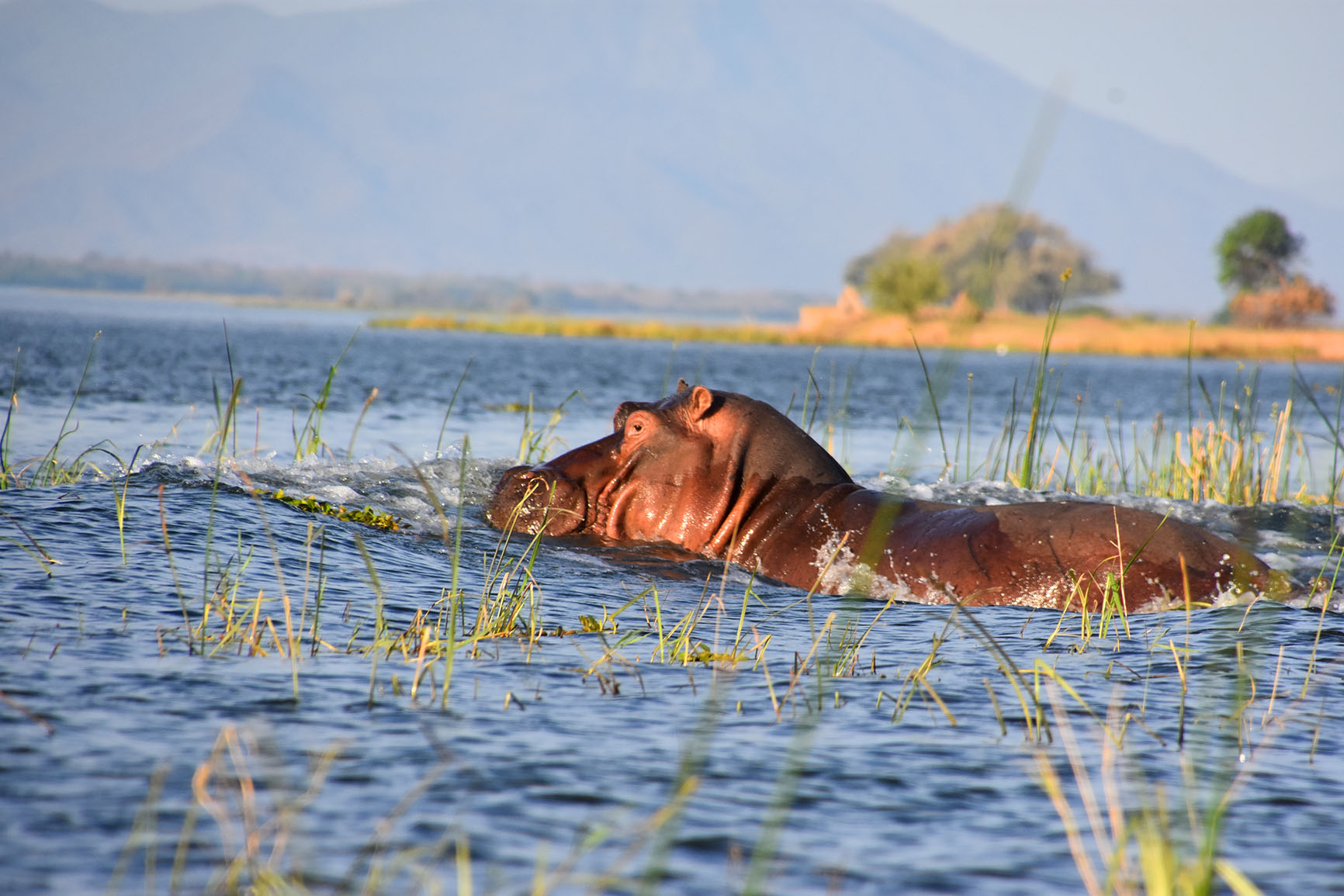
As highlighted in my recent blog ‘Shumba Camp – Logistics of Remote Luxury Retreat’, the relationship between tourists and those benefitting from their local wilderness environment is essential.
Across the continent of Africa, where wildlife tourism contributes US$ 29.3 billion and employs 3.6 million people, over a third (36.3%) of all direct tourism is attributed to the pull of wildlife. Similarly, the Asia-Pacific area enjoys the largest regional wildlife tourism market, worth US$ 53.3 billion and employing 4.5 million people.
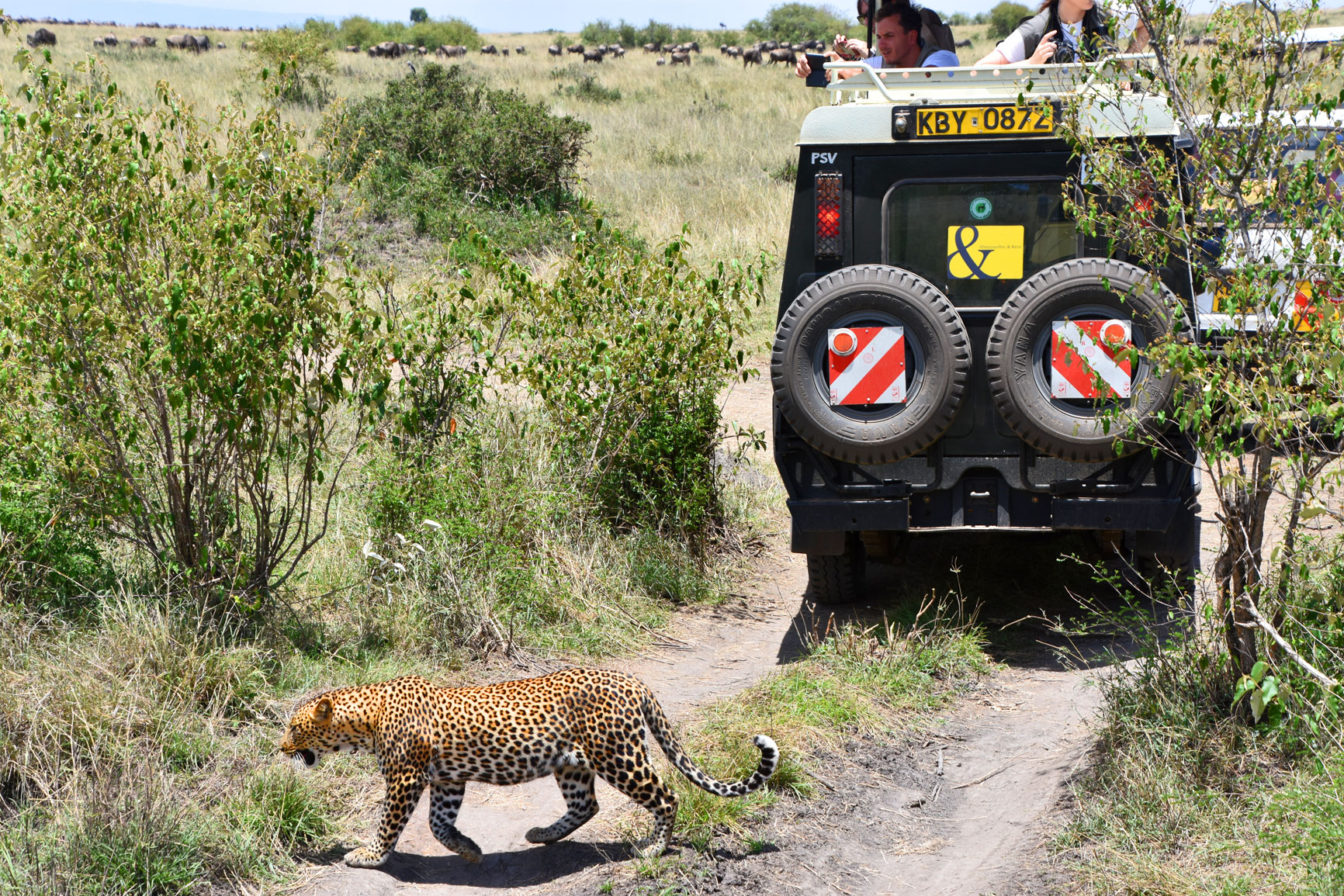
Globally, 21.8 million jobs are accredited to wildlife tourism. The equivalent of the total populations of Botswana, Namibia, Burundi and the Central Africa Republic.
Positive facts though these are, the race for a sustainable global wildlife programme must not drop in pace. Tourism, although a huge contributor, cannot do it alone. We need every sinew of society to fully engage in keeping us the right side of the delicate tipping point of the sustainability of our planet’s wildlife and its future.
